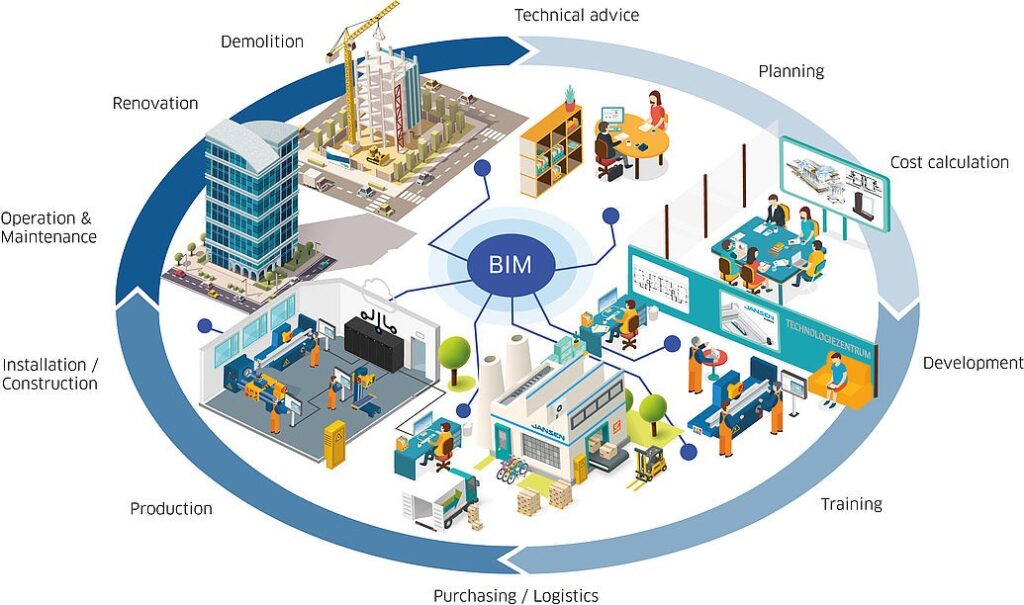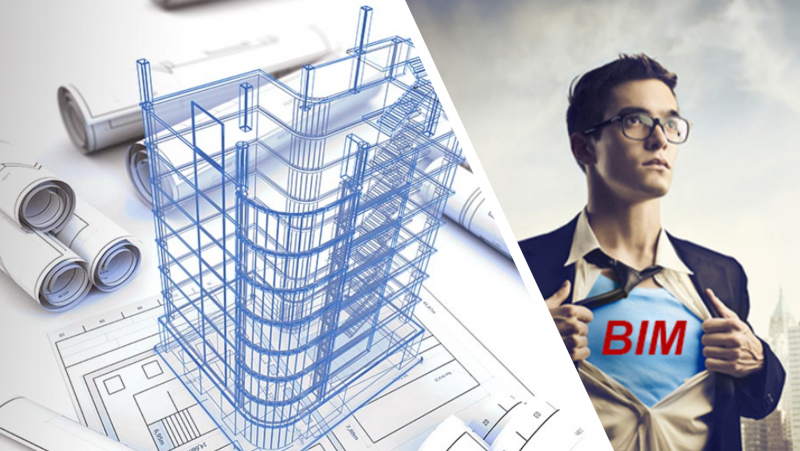Hello Everyone! As I worked as a BIM Coordinator, I am thrilled to share how Building Information Modelling (BIM) is changing the game in Project Management. As a BIM Coordinator, you’re at the forefront of this exciting shift. But what does the future hold for project management with BIM? In this blog, we’ll explore some of the key trends that will shape the landscape in the years to come.
Enhanced Collaboration and Communication
One of the biggest strengths of BIM is its ability to break down silos and foster collaboration between different project stakeholders. With a single, centralized model, architects, engineers, contractors, and owners can all work from the same source of truth, eliminating misunderstandings and rework.
In the future, we can expect BIM to become even more collaborative, with real-time data sharing and communication tools facilitating seamless teamwork across continents. Imagine project teams using virtual reality (VR) headsets to walk through a digital model of the building before a single brick is laid, identifying potential clashes and optimizing the construction sequence.

Integration with Emerging Technologies
BIM is not an island unto itself. It’s a powerful platform that can integrate with a range of emerging technologies, such as artificial intelligence (AI), the Internet of Things (IoT), and robotics.
AI-powered algorithms can analyze BIM data to identify potential risks, optimize designs, and even generate automated reports. Imagine a system that scans your BIM model and flags potential safety hazards or suggests alternative materials that could save costs and improve sustainability.
IoT sensors embedded in building materials can transmit real-time data on performance and energy consumption, enabling predictive maintenance and proactive problem-solving.

Focus on Sustainability and Lifecycle Management
The construction industry has a significant impact on the environment. BIM can play a crucial role in promoting sustainability by enabling the design of energy-efficient buildings and minimizing waste.
In the future, BIM models will be used to track a building’s entire lifecycle, from design and construction to operation and demolition. This will allow project managers to make informed decisions about materials, systems, and maintenance practices that minimize the environmental footprint of the building.

Democratization of BIM Technology
BIM technology has traditionally been associated with large, complex projects. However, as the technology matures and becomes more affordable, we can expect to see it adopted by smaller firms and even individual contractors.
The rise of cloud-based BIM platforms and user-friendly software will make BIM more accessible to a wider range of users. This will democratize the construction industry and empower smaller players to compete with larger established firms.

The Rise of the BIM Specialist
As BIM becomes more integrated into project workflows, the demand for skilled BIM professionals will continue to grow. BIM Coordinators will play an increasingly critical role in managing BIM data, coordinating workflows, and ensuring the successful implementation of BIM technology.
To stay ahead of the curve, BIM professionals will need to continuously develop their skills and knowledge. They will need to be familiar with the latest BIM software, emerging technologies, and best practices.

Conclusion
The future of project management is bright, and BIM is at the heart of this transformation. By embracing BIM and other emerging technologies, we can build smarter, not harder, creating a more sustainable and efficient construction industry.



